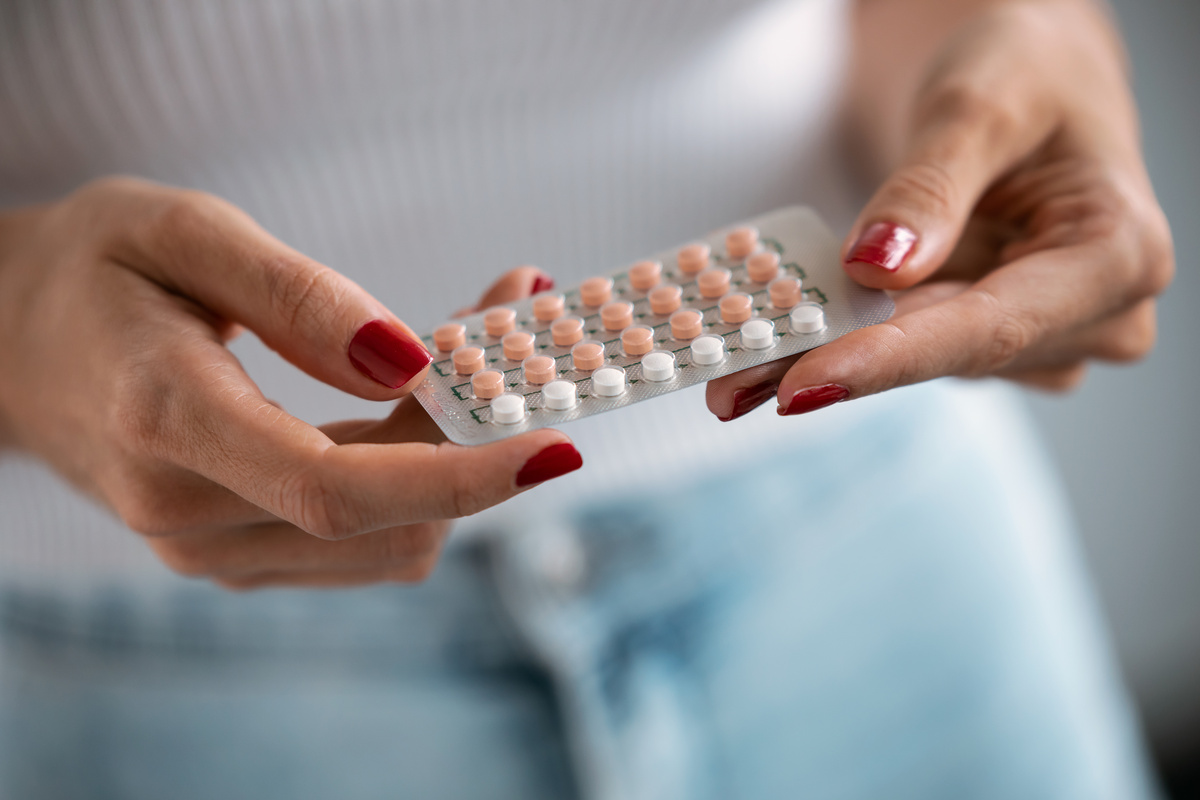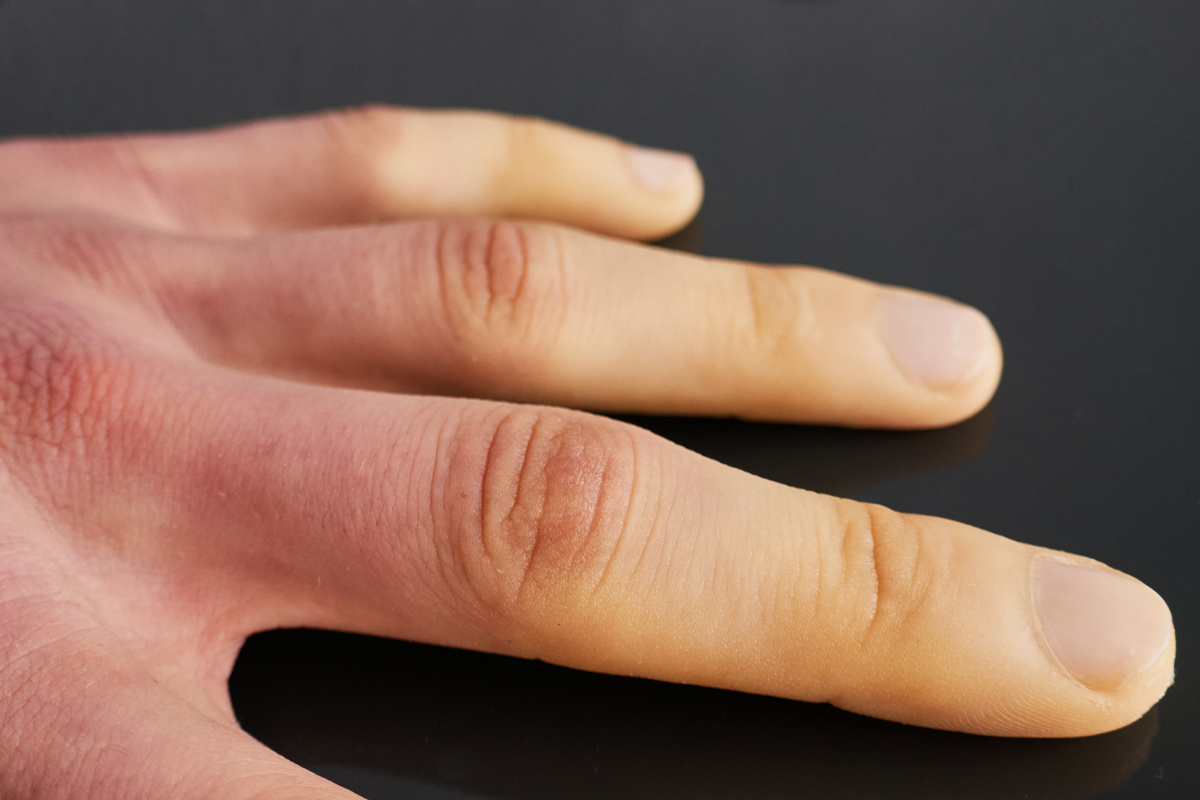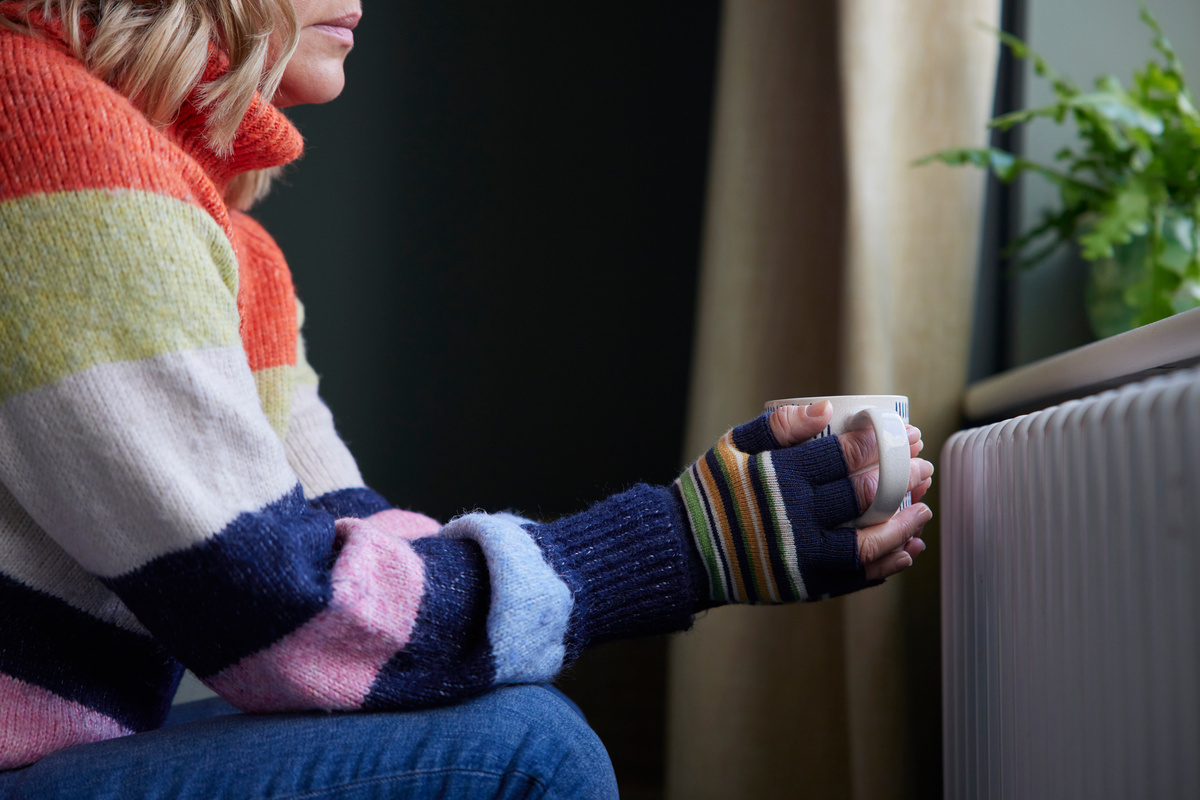During the winter months, it’s common to hear that women feel the cold more than men, whether it relates to workplace battles to turn up the thermostat in the office, or women layering up with thicker coats and scarves than their male counterparts. While this is something many of us have experienced anecdotally, what are the real reasons behind it? Dr Margarita Brida, consultant cardiologist at Royal Brompton Hospital, explores more on why women often feel colder than men, and when feeling cold might be something to worry about.
Women have higher core body temperatures
There are a number of factors that affect the regulation of your body’s temperature, from what you drink and medication you take, to time of day and stress levels. On top of this, there are also variations in body temperature across different age groups and sexes.
Some of the biological differences between men and women can have an impact on body temperature, contributing to the disparity in heat perception between sexes. These factors include:
- hormone levels
- metabolic rate
- muscle mass
- body fat distribution
- body surface area
“The amount of muscle and fat you have determines how much you feel the cold, as does your metabolic rate,” explains Dr Brida. “Hormone levels can also play a part in your temperature sensitivity, which is another factor that might accentuate the difference in how cold women typically feel versus men.”
Research has shown that women have a slightly higher core body temperature than men. Although at a first glance, this might suggest that women should therefore feel warmer than men, it actually has the opposite effect. If your body is used to being warm, chilly air can feel even colder in contrast. Some studies which looked into this found that men typically feel comfortable in rooms with a temperature of 22.2C degrees, while the average woman’s ideal temperature sits at 25C degrees.
What causes cold hands and feet?
Women are typically thought to have colder extremities than men. One study found that women’s hands can be as much as 1.5C degrees colder than men’s. Since people’s perception of their own temperature typically depends on their skin temperature, it’s possible that having cold hands and cooler skin makes women more likely to feel the cold themselves, even if their core body temperature is warmer than men’s.
“One theory is that women’s bodies prioritise the vital organs, including reproductive organs, more than men’s bodies do,” says Dr Brida. “This involves blood being directed away from women’s extremities in a bid to keep the rest of the body warmer, resulting in even colder hands and feet.”
This is supported by studies in which men and women were taken into a warm environment which was then cooled down. Women displayed a much more sensitive vascular response to the cold. This response involved the female body shutting down blood flow sooner into the cooling process, and maintaining this state for longer than male bodies did.
Higher oestrogen levels can make women feel colder
Sensitivity to cold rises even more when a woman is on hormonal birth control. This is because many hormonal contraceptives include oestrogen which thickens the blood, in turn reducing blood flow to the capillaries which supply your hands and feet. In addition, oral contraceptives have also been found to raise body temperature, again contributing to women’s already-higher core temperatures.
Ovulation – which typically lasts for approximately 24 hours and usually occurs around 14 days into the menstrual cycle – can also affect a woman’s sensitivity to the cold, due to higher oestrogen levels during this time. Oestrogen causes blood vessels to dilate, allowing more heat to be lost through the surface of the skin. Following ovulation, progesterone levels in women increase, further raising core body temperatures. As we previously touched on, a warmer internal temperature can leave you feeling colder due to the contrast with cold air.

Women taking hormonal birth control may feel more sensitive to the cold, due to the effects of oestrogen and progesterone on blood flow and core temperature
Impacts of size and metabolic rate on body temperature
Metabolic rate refers to the amount of energy you expend over a period of time. An increased metabolic rate means that you burn food to fuel the body faster, and during this process the body heats up. Women have a lower metabolic rate than men, leading to them producing less heat during the body’s natural metabolic processes. A study which looked at the differences in metabolic rate between men and women showed that men’s metabolic rate is on average 23% higher than that of women.
To this end, a 2015 study found that most office thermostats are based on a thermal comfort model from the 1960s which only took into account the metabolic rate of men at the time. “This may explain reports of women often feeling colder in their workplaces, or setting their home thermostats higher to feel comfortable,” says Dr Brida. The same study found that thermal comfort models might overestimate women’s metabolic rates by as much as 35%.
As women are typically smaller than men, they have less body surface area to emit heat from, as well as having less muscle tissue to generate heat. Women tend to have more body fat than men, with a healthy range for women aged 20-39 ranging from 21% to 32% body fat. For men in the same age category, the healthy range is 8-19%. A 2018 study from the University of Cambridge showed that body fat doesn’t keep us as warm as muscle does. With this in mind, alongside women’s lower muscle mass, it’s no wonder that women may tend to feel colder than men.
However, as you age, you start to lose your extra muscle mass, thought to be at a rate of around 10% for each decade after the age of 50. This is one of the reasons that older people often feel the cold more later in life. “Metabolic rate also slows down throughout everyone’s lives, explaining why elderly people often prefer to keep their homes warmer, as they tend to produce less heat than they did previously in their lives,” says Dr Brida.
When should I be worried about feeling cold?
Feeling cold may be a sign of poor circulation, as it can leave the body lacking the fuel it needs for energy and to stay warm. Raynaud’s is a condition that occurs as a result of poor circulation and may require treatment to manage uncomfortable symptoms.
Raynaud’s phenomenon is essentially where your blood stops flowing properly to your fingers and toes, and is often triggered by feeling cold, anxious or stressed. Symptoms of Raynaud’s include numbness, pain or pins and needles in the affected area. If you have white skin, your fingers or toes may appear as white or sometimes blue-tinged. If you have black or brown skin, you may find that your fingertips and nails appear paler. When your fingers start to warm up, you might experience redness and a stinging sensation.
In a Raynaud’s attack, blood vessels in your hands and feet shut down. This happens so that blood is sent to your core to protect your vital organs and keep them warm as a priority. This protective process also occurs in people who don’t have Raynaud’s, but the temperatures at which it occurs are much lower. In people with Raynaud’s, the trigger point temperature to start this process is higher, so the body’s response is more exaggerated.
Raynaud’s is 9 times more common in women than it is in men, and it affects around 10 million people in Britain. “The degree to which you are affected can vary person to person, with some people only experiencing mild symptoms,” explains Dr Brida. “If the condition reaches the point where it affects your daily life, it can be treated with medication that improves your circulation.”

Raynaud’s occurs when blood stops flowing properly to your fingers and toes. It’s often caused by feeling cold or anxious.
Complications of poor circulation
Feeling cold frequently is often a sign of poor circulation, as restricted blood supply means your body lacks the fuel it needs to maintain optimum energy and temperature levels. You should have your circulation and blood pressure checked regularly so any issues can be identified and treated promptly.
If left untreated, poor circulation can lead to a number of conditions including:
- heart failure
- stroke
- blood clots
- delayed healing of wounds
- slow recovery from illness
When to seek medical advice
If, in addition to feeling cold, you experience symptoms such as numbness, weakness or swelling in your hands and feet, and cramping or varicose veins, contact us to speak to our team.
We can provide further information about treatment options for poor circulation, including medication, surgery and lifestyle advice.

